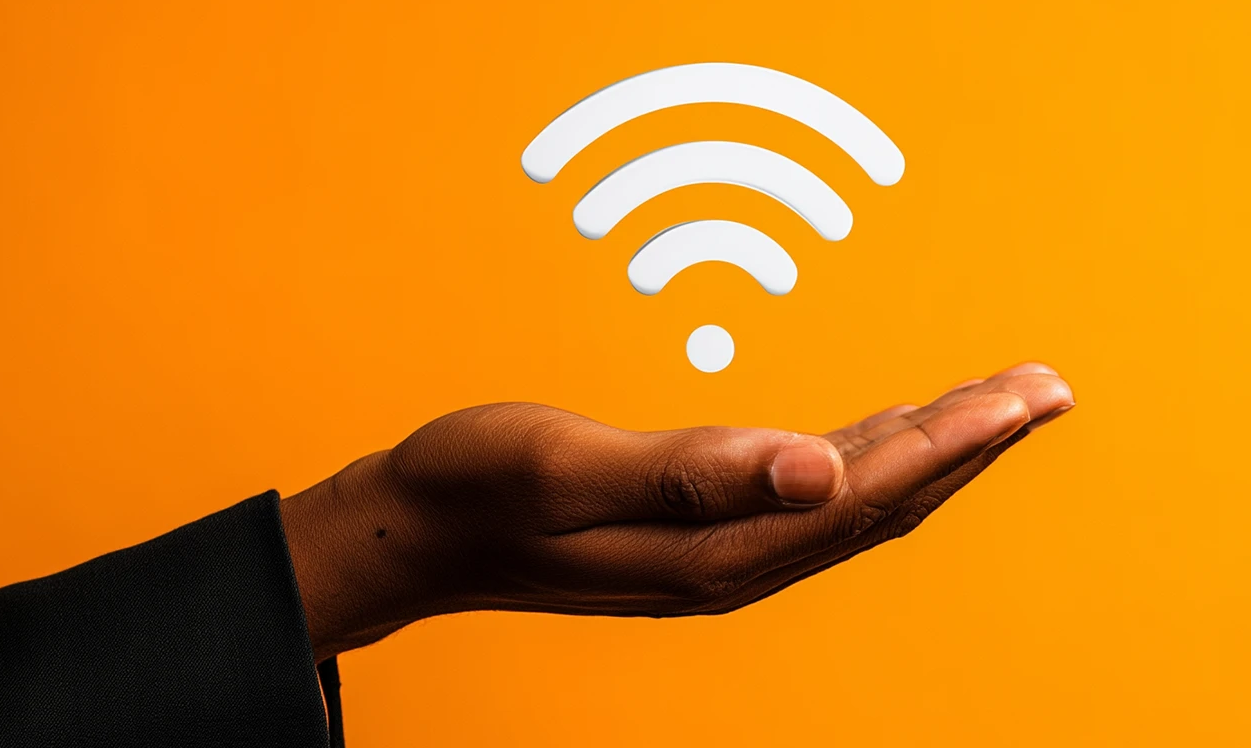
Identifying Individuals Through Wi-Fi Signals
Imagine entering a building where the door automatically opens the moment you reach out your hand—without touching anything, swiping a card, or entering a code.
The secret lies in Wi-Fi signals, which can recognize the unique characteristics of your palm.
Researchers at the Brazilian Institute of Aeronautics and Space (ITA) have demonstrated that Channel State Information (CSI) from Wi-Fi signals can capture extremely subtle differences between individual hands.
These data reflect how a wireless signal behaves as it travels through space and bounces off objects or the human body—patterns that can effectively act as a kind of “wireless palmprint” for identity recognition.
The study focused on the shape, size, and structure of the palm. The research team built a prototype system using a Raspberry Pi enclosed in an acrylic box. The device transmitted and received Wi-Fi signals at a power of just 1 dBm, minimizing environmental interference and allowing very fine changes in the signal to be recorded with precision.
In the experiment, 20 volunteers (10 men and 10 women) placed their right hands above the box, while the system captured how each hand altered the Wi-Fi signal.
Machine learning algorithms then analyzed the collected data to identify the unique pattern corresponding to each participant.
Each person’s hand was scanned multiple times to generate enough data for training the model.
Challenges and Limitations
Although the system achieved high accuracy under controlled laboratory conditions, applying it in real-world settings remains challenging.
Cristina Holka, executive director of the Secure Technology Alliance, warns that CSI data are highly sensitive to environmental changes—even the movement of an object or the presence of people nearby can disrupt accuracy.
Metal or concrete walls, large objects, and other wireless technologies (such as Bluetooth or Zigbee) can introduce noise that pushes the model outside its optimal range.
She also noted that even slight hardware variations—like differences in Wi-Fi modules or cable pressure—can alter the phase or amplitude of a signal, leading to misidentification.
Therefore, further technical refinements are essential before this technology can be commercialized.
Toward Smarter Access Control
The project’s ultimate goal is to create a contactless, low-cost, and energy-efficient access control system.
Since most buildings already have Wi-Fi infrastructure, this technology could leverage existing equipment for identity verification.
In the experiments, participants removed jewelry or metallic objects to prevent signal distortion, and the distance between the hand and the receiver was kept constant.
The researchers plan to extend their tests to larger groups, longer time periods, and real-world environments in future stages.
Standardization and Validation
Holka emphasizes that before such systems can gain formal acceptance, they must undergo standardized biometric testing.
She recommends that evaluations follow ISO/IEC 19795-1 and ISO/IEC 30107-3 standards across different environments and hardware setups, in order to determine error rates and resistance to spoofing attacks.
Implications for Information Security Managers
Wi-Fi-based biometric systems could prove valuable in environments where traditional sensors—such as fingerprint or facial recognition—are difficult to deploy or raise privacy concerns.
For CISOs (Chief Information Security Officers), this innovation represents the emergence of a new layer of identity management that merges physical and network-based data.
Although it is not yet a replacement for conventional methods, it paves the way for authentication through wireless signals, hinting at a future where identity verification can happen invisibly and seamlessly.
Source: MedadPress
www.medadpress.ir





